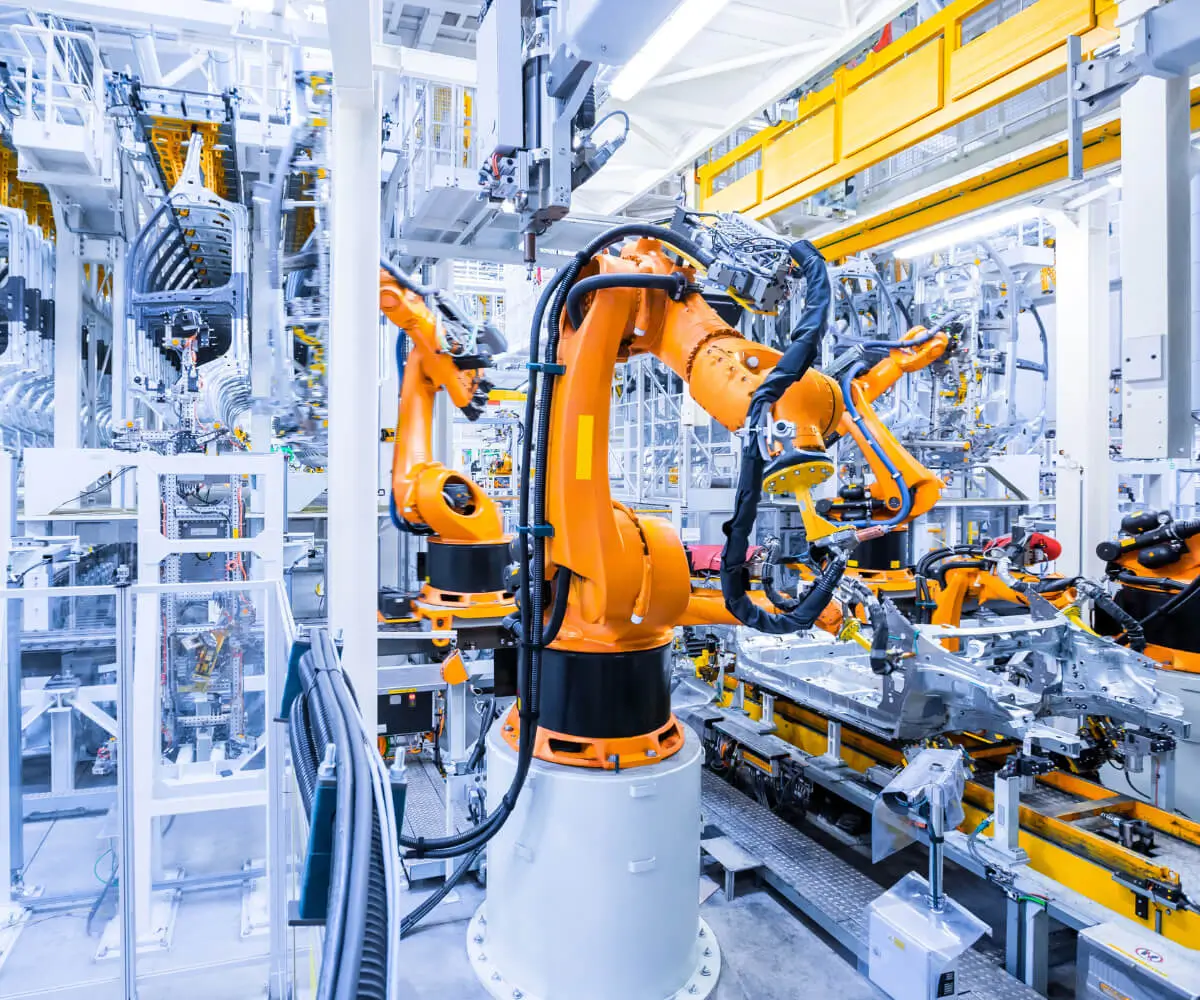Unlocking Precision: A Deep Dive into the Servo Motor Internal Diagram
In the realm of automation, robotics, and sophisticated control systems, the servo motor stands out as a pillar of precision and reliability. Whether it's a robotic arm performing delicate tasks or an RC car racing across the track, servo motors underpin these marvels with their remarkable ability to deliver precise rotational movement. But have you ever paused to wonder what’s happening inside these tiny powerhouses? How do they achieve their seemingly magical control, and what lies beneath their sleek exterior? The answer lies in their internal architecture—an intricate dance of components working in harmony.

Understanding the Essence of a Servo Motor
At a glance, a servo motor looks similar to any DC motor, but its true magic manifests in how it controls movement with accuracy. Unlike regular motors, servo motors are equipped with a feedback mechanism that constantly monitors the position, speed, and direction of the shaft, enabling it to make real-time adjustments. This closed-loop control system is what makes servo motors invaluable in applications demanding precision.
The Core Components: An Overview
To comprehend the internal workings, it’s essential to familiarize ourselves with the key components typically found inside a servo motor:
DC Motor: The heart of the system, providing rotational force. Servo Gearbox: Reduces the rotational speed and increases torque. Potentiometer or Encoder: Provides real-time feedback about the shaft position. Control Circuit: Processes signals and commands the motor based on feedback. Power Supply: Delivers the necessary energy to operate the motor and control units.
Each of these parts plays a specific role, forming a cohesive whole that allows the servo to respond rapidly and accurately.
The Internal Diagram: A Visual Symphony
Imagine peering into the heart of a serviceable servo motor with a detailed internal diagram. This schematic lays out the precise location and interconnection of each component, providing insights into their individual and collective functions.
At the core is the DC motor, which converts electrical energy into mechanical energy. This motor is linked to a gear train, often comprising multiple gears, which serves to amplify torque and refine movement precision. This gear train is fundamental; it translates high-speed, low-torque motor movement into low-speed, high-torque output suitable for precise positioning.
Connected directly to the gear train is the feedback device—either a potentiometer or an encoder. This device continuously measures the angular position of the shaft and sends this data to the control circuit. In many modern servo systems, an encoder replaces the potentiometer due to its improved accuracy and digital output.
The control circuit acts as the brain of the servo. It compares the current position data from the feedback device with the desired position—set through an external command signal (like a PWM). If there's a discrepancy, the circuit calculates the necessary adjustments and sends voltage signals to the motor to rotate the shaft closer to the target position.
Surrounding these core elements is the power supply circuitry, ensuring that the motor and electronics are supplied with stable, regulated power. The entire internal diagram is a complex yet elegant network designed to enable rapid, precise, and reliable motion.
How the Internal Components Interact
The clever orchestration of these components allows the servo motor to perform its magic. When a command is received—for example, rotate to 90 degrees—the control circuit processes this request and energizes the motor accordingly. The feedback device constantly updates the position data, allowing the control circuit to modulate the current and voltage supplied to the motor.
If the motor over-rotates or deviates from the target position, the feedback signal changes, prompting the control circuit to correct the movement promptly. This real-time feedback loop continues until the shaft reaches the exact position requested, with minimal overshoot or oscillation, thanks to refined control algorithms like PID (Proportional-Integral-Derivative).
Significance of the Internal Design
Delving into the internal diagram reveals the ingenuity that makes servo motors so effective. The precision stems from the seamless integration of mechanical and electronic components, transforming simple electrical inputs into accurate physical outputs. The feedback loop, control algorithms, and gear reductions all work simultaneously to ensure that the servo's position remains accurate under load and over time.
In essence, understanding this internal harmony demystifies the operation of servo motors. It illustrates how advanced control systems and mechanical design converge to achieve microsecond response times and angular accuracies often within a fraction of a degree.
Tomorrow, we’ll dig deeper into how innovations in internal components—like smarter feedback devices and digital control—are pushing the boundaries of what servo motors can do, opening up new horizons in automation and robotics.
Kpower has delivered professional drive system solutions to over 500 enterprise clients globally with products covering various fields such as Smart Home Systems, Automatic Electronics, Robotics, Precision Agriculture, Drones, and Industrial Automation.




































